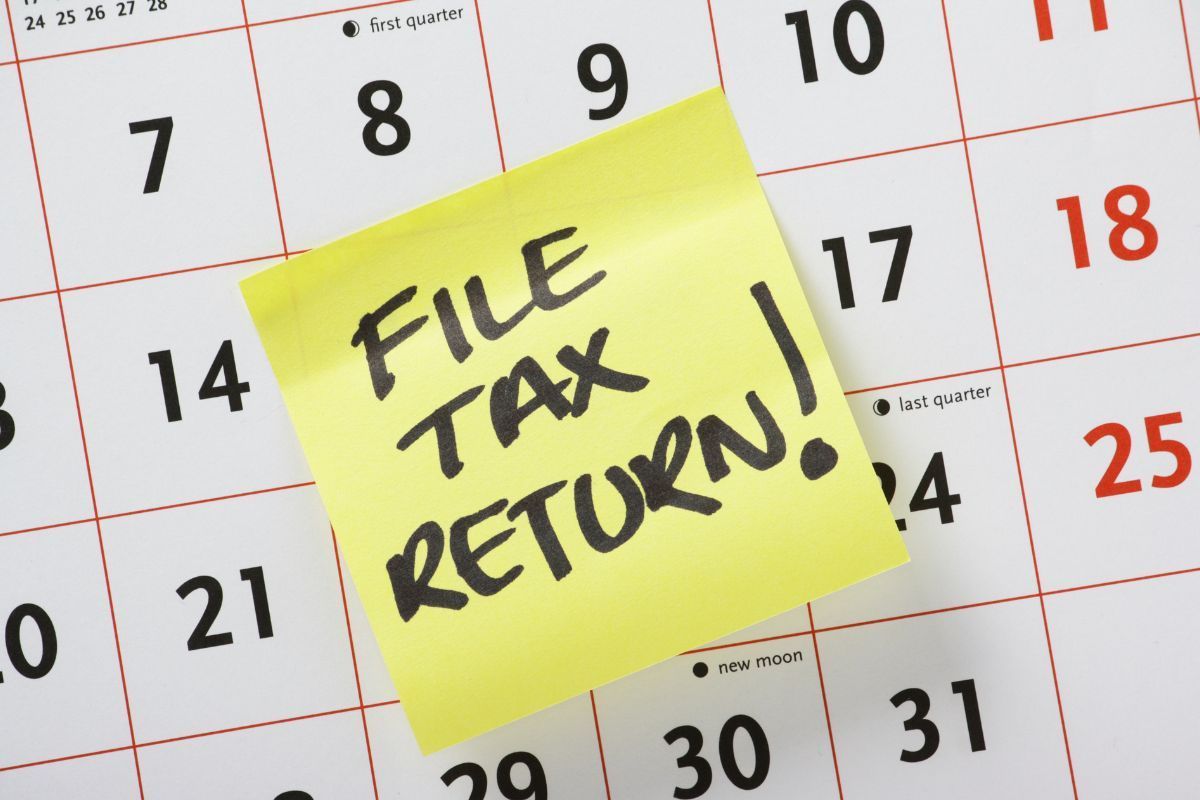How To Calculate Individual Tax Rates On Your Canadian Salary
Navigating Canada’s tax system can feel overwhelming, but ignoring its intricacies could cost you. Federal and provincial taxes, payroll deductions, employer contributions, and the tax on salary in Canada all impact your finances. Understanding these components is essential. It helps you manage your money wisely and stay compliant with regulations.
In this article, we’ll break down all key elements and provide practical insights into the tax on salary in Canada.
Understanding Tax On Salary In Canada
Making an effort to know the taxes is key to managing your Canadian salary. It helps you plan your finances better. Here’s a straightforward guide to help you understand deductions and calculate your take-home pay.
Federal Income Tax
Canada’s federal tax system is progressive, meaning the more you earn, the higher your tax rate. Your income is divided into tax brackets, with each tier taxed at an increasing rate. Tax credits reduce your taxable income, such as the federal basic personal amount. For 2023, most individuals can claim a basic personal amount of CAD 15,000, providing significant relief.
Provincial And Territorial Income Tax
In addition to federal taxes, each province or territory sets its tax rates, which vary depending on where you live:
- Ontario uses a progressive system, starting at a rate of 5.05%.
- British Columbia has a seven-tier system, beginning at 5.06%.
- Quebec operates independently, with its tax system and rates starting at 15%.
To file taxes accurately and avoid penalties, combine federal and provincial rates to calculate your total liability. This ensures compliance and helps optimize your financial planning.

Payroll Tax In Canada
Understanding payroll tax Canada is essential for businesses. It helps ensure compliance and keeps employee compensation seamless and stress-free.
What Is Payroll Tax?
Payroll tax is a required contribution by both employers and employees. It funds public programs like the Canada Pension Plan (CPP) and Employment Insurance (EI). These taxes support retirement pensions, disability benefits, unemployment assistance, and paid leave, including maternity and parental leave.
Employee Contributions To Payroll Taxes
Employees contribute a portion of their income to payroll taxes, calculated as fixed earnings percentages. These contributions fund essential programs that provide financial security and support.
Canada pension plan (CPP) / Quebec pension plan (QPP):
- In 2023, employees outside Quebec contributed 5.95% of their income to the CPP, with an annual maximum contribution of CAD 3,754.45.
- For Quebec employees, contributions to the QPP are slightly higher at 6.40% capped at CAD 4,038.40 annually. These contributions help ensure financial stability during retirement or in cases of disability.
Employment insurance (EI):
- Employees (outside Quebec) pay 1.63% of their gross earnings towards EI, with a maximum annual contribution of CAD 1,002.45.
- In Quebec, the EI rate is reduced to 1.27% capped at CAD 781.05, as the province runs its parental insurance program (QPIP).
EI contributions support government programs, including unemployment benefits, sickness benefits, and worker support during difficult times.
Understanding How Employers Manage Payroll Taxes
Employers help fund social programs by matching employee contributions to CPP/QPP and EI. This shared effort supports essential benefits like pensions, disability support, and employment insurance.
- CPP/QPP contributions. Employers are required to match the exact percentage of their employees’ CPP/QPP contributions. By doing so, both parties equally contribute to funding retirement and disability benefits.
- EI contributions. Employers pay 1.4 times what employees contribute to EI, reflecting their bigger role in supporting the employment insurance system.
In addition to federal payroll taxes, some provinces have extra taxes for employers, which fund regional programs.
- In Ontario, businesses must pay the Employer Health Tax (EHT), which directly supports the province’s healthcare system.
- In Quebec, employers contribute to the Health Services Fund (HSF), which supports health and social services in the province. Contribution rates vary depending on a company’s total payroll and provincial regulations.
By meeting these obligations, employers keep social systems funded. This helps ensure they stay operational.
How Much Employers Pay In Taxes For Employees
Employers are responsible for matching employee payments to CPP/QPP and EI, up to annual limits. These contributions make up a significant part of payroll expenses.
Provincial Taxes And Employer Responsibilities
Along with federal obligations, some provinces add extra taxes for employers. This increases their financial responsibilities.
- Ontario (EHT). Depending on the total payroll size, employers pay between 0.98% and 1.95% of the payroll.
- Quebec (HSF). Contributions range from 1.65% to 4.26%, depending on payroll thresholds.
- British Columbia. Employers with payrolls under CAD 500,000 are exempt. Larger organizations pay higher taxes on a sliding scale.
Employer tax obligations significantly influence salary negotiations. In provinces with higher taxes, businesses face added costs. To offset this, they may reduce compensation packages, affecting how salaries are structured.
Tax-Free Allowances And Other Deductions
Learn how tax-free allowances and deductions can help you save money and lessen your overall tax burden.
Tax Credits System
Unlike some countries, Canada doesn’t use tax-free allowances. Instead, it offers a tax credit system that directly reduces the taxes owed, helping you save money during tax season.
Here are some key tax credits:
- Childcare Expenses: Parents can claim up to CAD 8,000 for each child under seven and CAD 5,000 for children aged 7 to 16. These credits help cover childcare costs like daycare or nannies, easing the financial burden on families.
- Medical Expenses: Claim medical costs exceeding 3% of your net income or a fixed annual amount, whichever is lower. Eligible expenses include dental work, prescriptions, and uncovered healthcare services. This credit supports those with high medical bills.
- Charitable Donations: Based on your income, you can claim a credit of up to 33% of your donation. This supports philanthropy and helps improve communities across Canada.
Effective Strategies For Managing Taxes In Canada
Managing taxes in Canada may feel overwhelming, but with the right strategies, you can simplify the process and even uncover opportunities to boost your savings.
Here are some essential tips to help you stay organized and fully enjoy the benefits available to you.
- Stay Updated. Tax rates, thresholds, and credits change yearly, so use the latest figures when filing. Staying updated with Canada Revenue Agency (CRA) changes can help you avoid surprises and ensure accuracy.
- Maximize Deductions. Claim deductions for tuition, student loan interest, medical expenses, or pension income to reduce your taxable income. Review all options to ensure you don’t miss out.
- Organize Your Documents. Good record-keeping is key for managing taxes. Set up a system for receipts, invoices, and financial documents to simplify filing and provide proof if needed. Tax software or apps can help track expenses and stay organized.
- File on Time. Missing the tax deadline means penalties and interest. The individual deadline is April 30, but self-employed individuals have until June 15 (the balance owing is still due April 30). Set reminders to avoid extra fees.
- Consult Professionals. Tax advisers and accountants can help you maximize your returns. They find deductions or credits you might miss. They also help avoid errors that could lead to audits or penalties. Advice from reputable professionals such as Adil CPA can save you time and money.
Stay informed, organized, and proactive to manage your taxes, reduce stress, and maximize benefits. Taxes are inevitable, but managing them doesn’t have to be stressful!
Frequently Asked Questions
How much of my income goes to taxes in Canada?
In Canada, the portion of your income that goes to taxes varies but typically falls between 20% and 35%. This includes federal, provincial, and payroll taxes combined.
What is a tax credit?
A tax credit directly minimizes the amount of tax you owe. Common examples include credits for childcare expenses, tuition fees, and charitable donations.
Does Canada have tax-free allowances?
No, Canada does not offer tax-free allowances. Instead, it uses a tax credit system to help reduce tax liabilities.
Do employers pay taxes on employee salaries?
Yes, employers are required to contribute to the Canada Pension Plan (CPP) or Quebec Pension Plan (QPP), Employment Insurance (EI), and other provincial or territorial payroll taxes.

Mastering Your Taxes: Stay Informed & Maximize Savings
A clear understanding of the tax on salary in Canada is crucial for both employees and employers. It helps meet obligations and achieve better financial outcomes. This guide breaks down federal and provincial tax rates, payroll taxes, and employer contributions. It offers a clear overview of Canada’s tax system. With this knowledge, you can take a proactive, informed approach to maximize deductions, ensure compliance, and confidently manage annual tax requirements.
Want more information?
Richmond Hill, ON
Calgary, AB
Vancouver, BC
Ottawa, ON
Winnipeg, MB
Hamilton, ON
Halifax, NS
Mississauga, ON
Toronto, ON
Brampton, ON
Oakville, ON
Milton, ON
Markham, ON
Vaughan, ON



